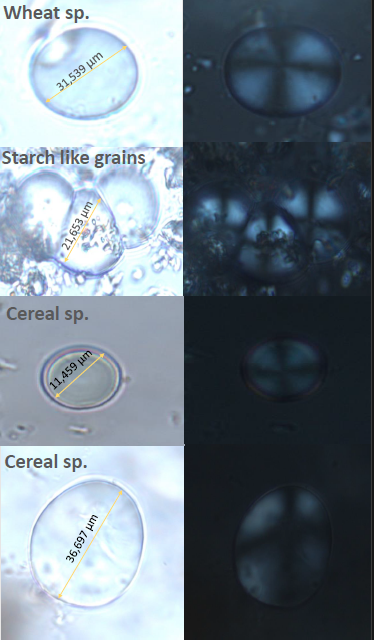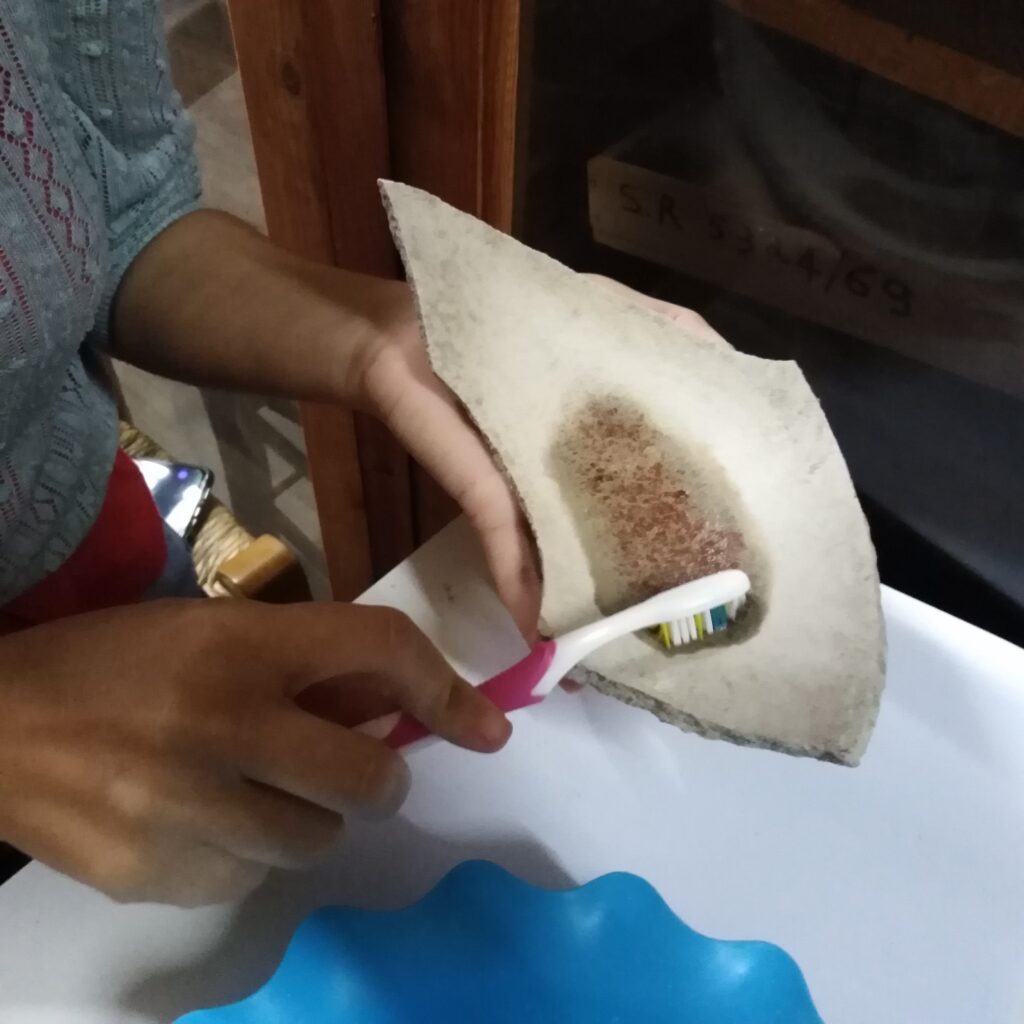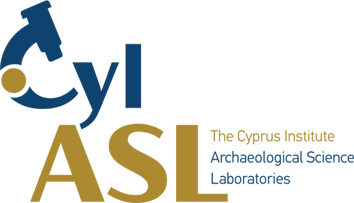Archaeobotanical studies in Greece, Cyprus and the eastern Mediterranean in general have traditionally been focused on prehistory. One of the significant contributions of STARC’s research on a regional and international level is the retrieval, study and publication of archaeobotanical remains from sites dated to historical periods, bringing a new range of questions and datasets to classical studies.
Our research has not only focused on the large cities of the Mediterranean such as Athens, Corinth, Sikyon, Olynthos and Lyktos in Greece, Portus (Rome) in Italy, and Paphos, Nicosia, Dhali, and Pyla-Vigla in Cyprus, but also on rural sites and the relationship between urban and rural centres, rewriting a research framework which previously focused only on evidence from ancient artefacts and written sources.
Our work focuses on the reconstruction of the daily life: how individual households were economically organised, what they produced for home consumption, and what they produced for trade; a key question our work aims to answer is how the large cities of the Mediterranean could maintain food security, how their systems and networks were sustainable, and how they managed to survive in times of crisis. A significant part of our work also aims to shed light on woodland management and how these resources were used for timber and fuel (Figure 1 and 2). Through the study of both plants and wood charcoal it should be possible to detect and analyse climate changes during the 1st millennium BCE in the Eastern Mediterranean. Our work has shown that large estates located in rural areas were specializing in the production of wine, which then was channelled across the Mediterranean; the economy of the houses located in urban centres was based on a more diversified agricultural model, exploiting a variety of crops and edible plants.
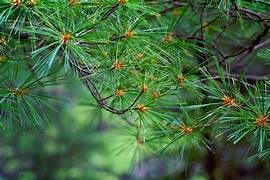
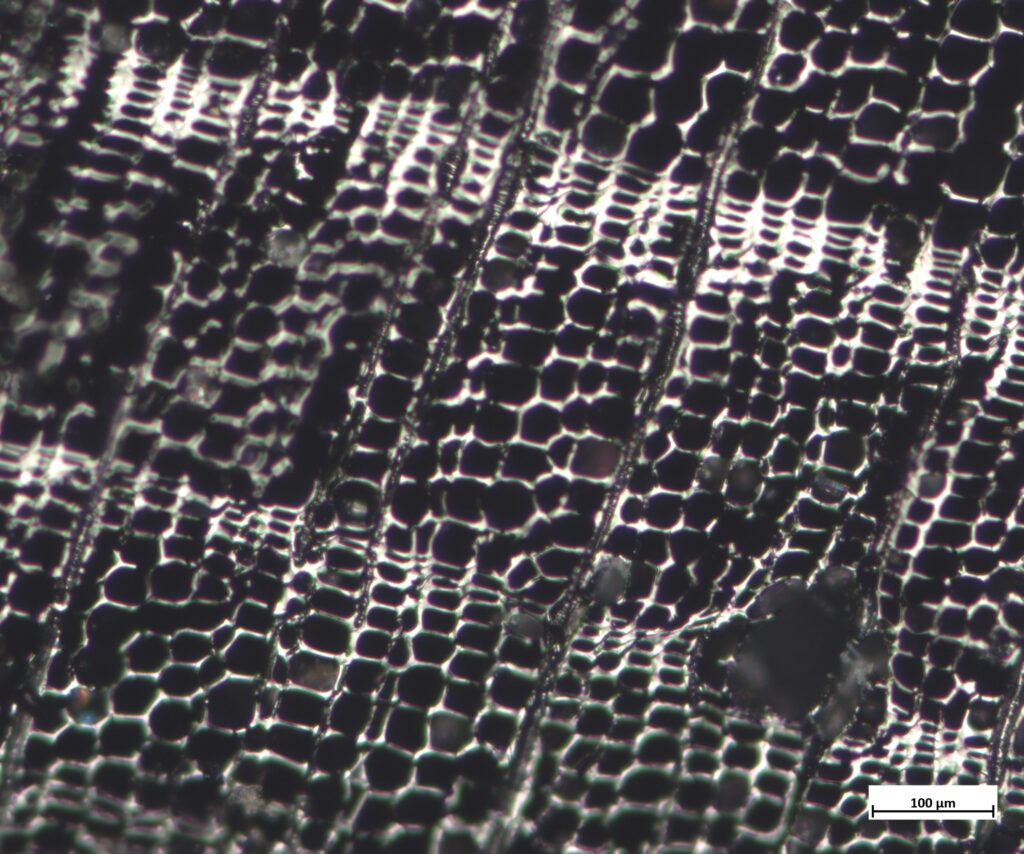
The work of the archaeobotanical team at STARC has recently expanded into the field of starch analysis. Starch analysis or starch grain analysis is a technique that is useful in archaeological research in determining plant taxa on a microscopic level (Figure 3). Starch grain analysis (Figure 4) can be helpful as a supplement to other forms of study to understanding tool use, agricultural activities, as well as other plant based subsistence strategies, and to reconstruct plant based diets throughout time. Our work on starches both from cooking vessels and in food preparation installations has shed light on the culinary and cooking practices of the past, demonstrating the exploitation and cooking of roots together with cereals and pulses.
